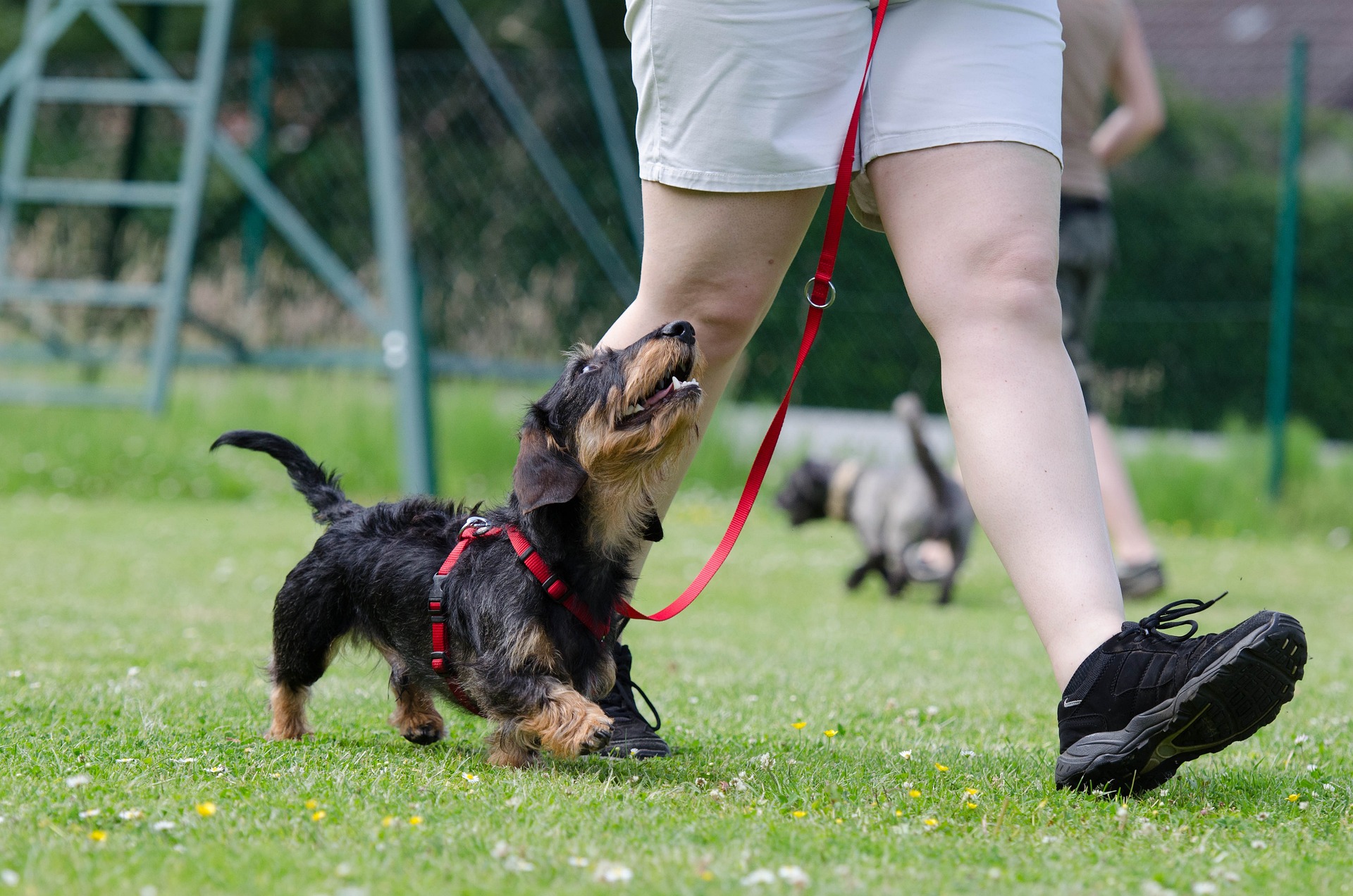Pet Training: Modern Techniques and Their Benefits
Pet training has come a long way from traditional methods, with modern techniques emphasizing positive reinforcement and building a strong bond between pets and their owners. These methods have proven to be more effective and beneficial for both parties. Read below to discover more about these modern training techniques and why they're taking the pet world by storm.

Understanding the Shift in Pet Training
In the past, pet training relied heavily on punishment-based methods, which resulted in fear and anxiety in pets. Today, modern techniques are more focused on positive reinforcement, which promotes a better understanding and relationship between pets and their owners. Trainers now use rewards such as treats, toys, and praise to encourage desirable behavior. This shift is based on the understanding that animals are more likely to repeat behavior that is positively reinforced.
Positive Reinforcement: A Game Changer
Positive reinforcement has been a game changer in the world of pet training. Instead of punishing bad behavior, the focus is on rewarding good behavior. This method has proven to be more effective as it makes the learning process enjoyable for the pet. It also strengthens the bond between the pet and its owner, creating a more harmonious living environment.
The Role of Clicker Training
Clicker training is a popular technique used in modern pet training. It involves using a small device that makes a distinct sound. The sound is used as a signal to the pet that a reward is coming after performing a desired behavior. This technique is highly effective as it allows the pet to clearly understand what behavior is being rewarded.
The Importance of Socialization
Socialization is a crucial part of modern pet training. Exposing pets to various environments, people, and other animals at a young age can help them become more adaptable and well-behaved. It reduces fear and aggression and increases their confidence. Many pet trainers now incorporate socialization into their training programs to ensure pets grow into well-rounded individuals.
Modern Training Techniques: Not Just for Dogs
While dogs are often the focus of pet training, modern techniques are not exclusive to them. Cats, birds, and even rabbits can benefit from positive reinforcement training. It can help curb unwanted behavior and stimulate their minds, improving their overall wellbeing.
Useful Tips and Facts: - Always use rewards that your pet values highly for effective positive reinforcement. - Consistency is crucial in pet training. Ensure all family members are on the same page about the rules and the rewards. - Training sessions should be short but frequent. Pets, particularly young ones, have short attention spans. - Remember that patience is key. Different pets learn at different paces.
In conclusion, modern pet training techniques have revolutionized the way we interact with our pets. By focusing on positive reinforcement, we can foster a stronger bond with our pets while effectively teaching them desirable behavior. These techniques, coupled with patience and consistency, can ensure a harmonious and loving relationship with our pets.




